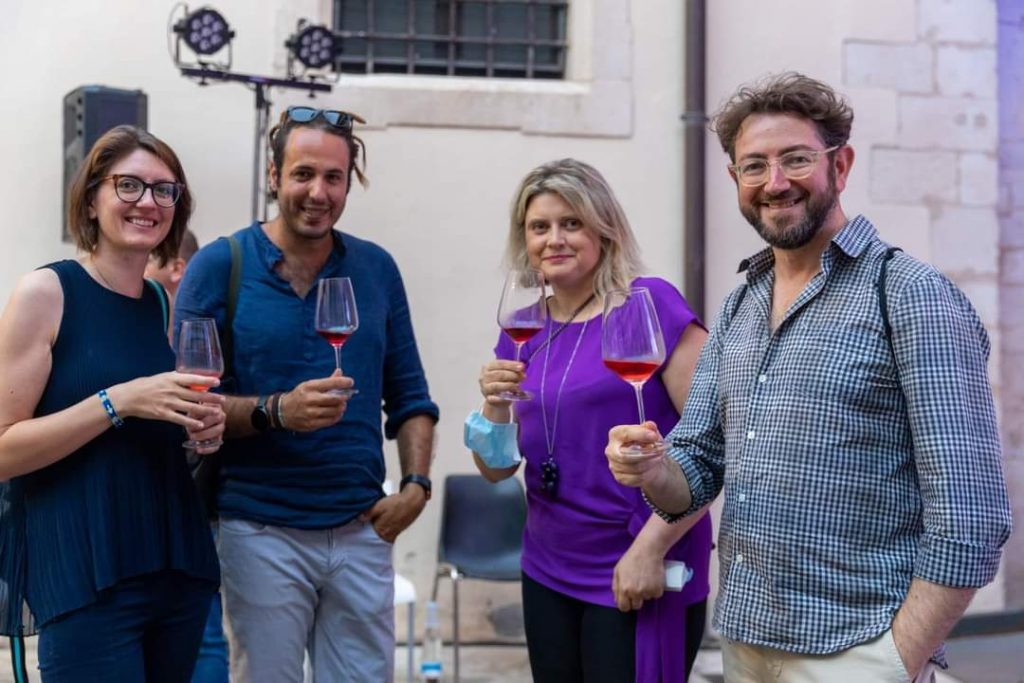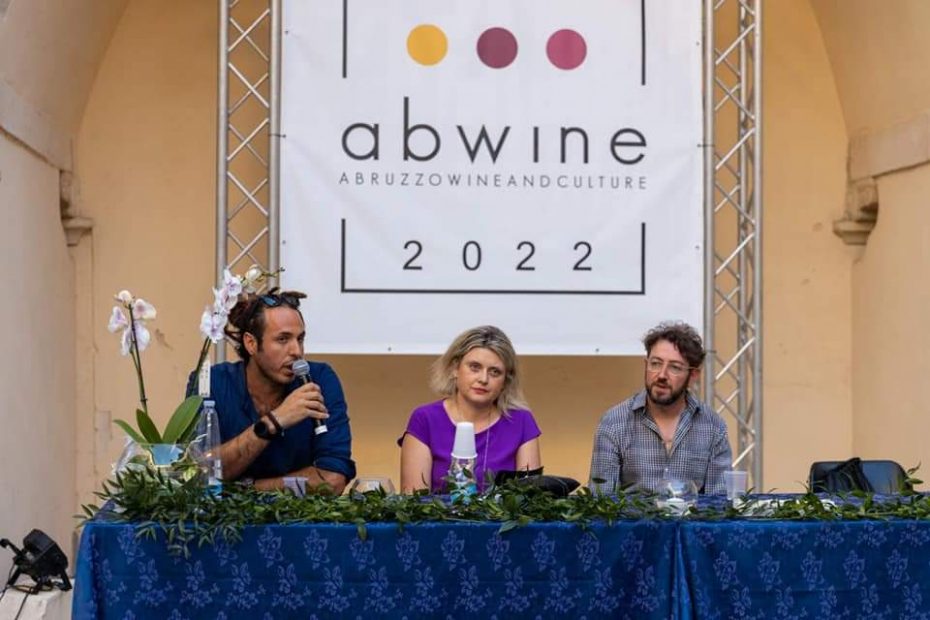Cerasus, cerasi…Cerasuolo
READING TIME: 7 minutes
MUSIC TO LISTEN TO: “Boiling black coffee” – Fiorella Mannoia
TEXT TO READ: “Of no church. The freedom of the layman” – Giulio Giorello
When I read the word “Cerasus” I go back to my troubled teenage years. I think of her, the much feared Latin teacher at the scientific high school of Sulmona: prof. Comb. It seems to me that I can still smell her smell, similar to that of a dictionary yellowed by time and by the many fingers that have leafed through it.
Whether it is a pleasant memory or not, it was in those moments that I understood the link between the etymology of Latin words and the origin of some expressive formulas of our dialectal jargon.
Once the teacher asked me: “Guerino, today I’m asking you! Decline me “Cerasus” feminine noun of the second declension”.
“I try prof, even if I would prefer to talk about” ceracē “. I replied to the prof, laughing under my moustache.
“You don’t do much, the witty Guerino, if you call cherries “ceracē” in dialect, it’s no coincidence. It’s thanks to the Latin!”

Incredible! Many years have passed since those anxious moments before the questions until, on the last day of the Sulmonese Kermesse on the wines of Abruzzo “Abwine 2022”, the professional sommelier Massimo Iafrate, during the round table organized by the AIS delegation of Sulmona last 3 July, he asked us guests an emblematic question:
“What does Cerasuolo d’Abruzzo represent for you?”
Direct question without delay, as in the old Latin questions. The word “Cerasuolo” every time catapults me back to high school, on the second declension “Cerasus, cerasi”! After all, one of the characteristics of Cerasuolo D’Abruzzo wine is that typical hint of cherry which is also reflected in its chromatic nuances. Anything but pink, actually rosé.
There were three of us, the perfect number: Alice Pietrantonj with her historic winery, Ottaviano Pasquale the indisputable wine craftsman and I was invited as an agronomist.
Easy to answer, after all we are in the land of Cerasuoli. What do you want it to be!
Octavian answered the question about Cerasuolo:
“It’s our wine, our tradition.”
Promptly replied Alice:
“The synthesis of our wine culture, difficult to imagine as a common rosé wine”.
It was music to my ears, that’s all I expected! Getting together, producers and technicians, sharing the same thought is not always easy.
Cerasuolo d’Abruzzo is a “Sui generis” wine, it is not something in between, it is not a white dressed in pink, much less a red debased by its gruff character. So rich in captivating organoleptic nuances that it should be defined as an “empathic wine”. It has all the credentials to carve out its space among the most famous Abruzzo wines such as Montepulciano or Trebbiano. Unfortunately for many years it was perceived as a younger brother, a hybrid wine, nothing more wrong in the wine making field.
By now the perception of this wine among consumers has changed, much better than in the past, but probably there is still a lack of awareness of having in one’s hands a great product that can evolve, without necessarily chasing after trends or market needs.
Massimo Iafrate, the moderator of the evening, in closing proposed a questioning reflection:
“Would a Cerasuolo d’Abruzzo DOCG be necessary to enhance and protect this product?”
I don’t think that stricter rules on production methods and organoleptic characteristics can increase the final consumer’s perception of quality. In reality, Cerasuolo d’Abruzzo in 2010 obtained an ad hoc production disciplinary, detaching itself definitively from the disciplinary of Montepulciano d’Abruzzo DOC, even though it comes from the same Montepulciano nero grapes. What would be the point of stiffening even more a production specification already designed on a well-defined type of wine? Who could benefit: the producer or the consumer?
Neither, I think.

I am thinking of a quote I recently read in an interesting book by Giulio Giorello, professor of philosophy of science at the University of Milan, entitled “Of no church. The freedom of the layman”, bought in a bookshop a few months ago during a brief stop in airport:
“Rules and formulas, these mechanical tools of rational use or rather abuse of natural dispositions [dell’uomo] are the shackles of an eternal minority.”
These are not the words of an impetuous relativist or an unrepentant libertarian, but of the philosopher Immanuel Kant who in 1784 tried to answer the question: “What is the Enlightenment?”
In his book, Giorello cites various statements by important scholars of modern consumer society from which I believe we can take several interesting cues that greatly influence the commercial decisions of each community of producers.
According to anthropologist Clifford Geertz: “the open and free society is a Levantine bazaar where you can find a lot of things and nobody is forced to buy anything, let alone feel obliged to prohibit the display of those goods. In fact, the bazaar is nothing but a projection of sovereignty of the consumer.”
But what if some of the visitors perceive that diversity as a threat to their identity?
Political scientist Giovanni Sartori wrote: “Individuals aggregate in “coalescences” in a sufficiently stable way as long as there is always a mobile but non-erasable border between us and them. Drawing a border implies enclosure within the community, but if this is the problem, then we have the possibility to choose between identity and openness, between the idol of an ineradicable root and impatience for freedom.”
Once again I believe that the protection of the identity of a product cannot pass only through simple excessively limiting rules, even if necessary. If you have something unique in your hands, it would not be enough just to protect it by tracing its boundaries, but rather to make its identity known by communicating the peculiarities that make it incomparable and unique in its pleasantness, so that it is not perceived as “foreign” by those who would consider it an “familiar”.




